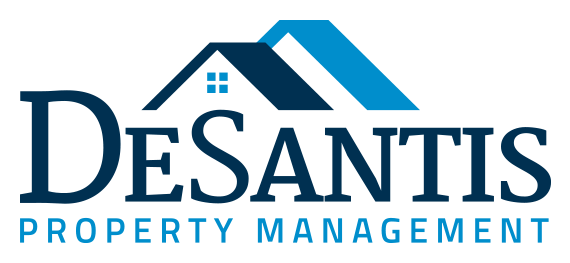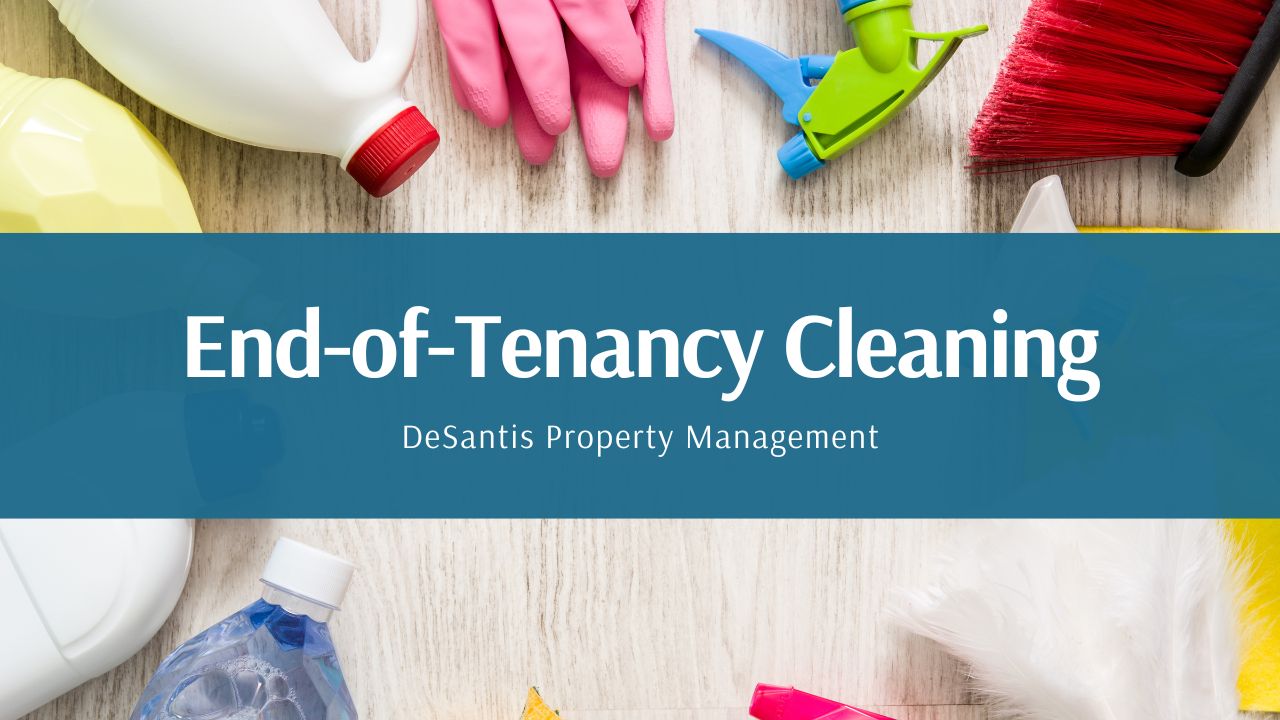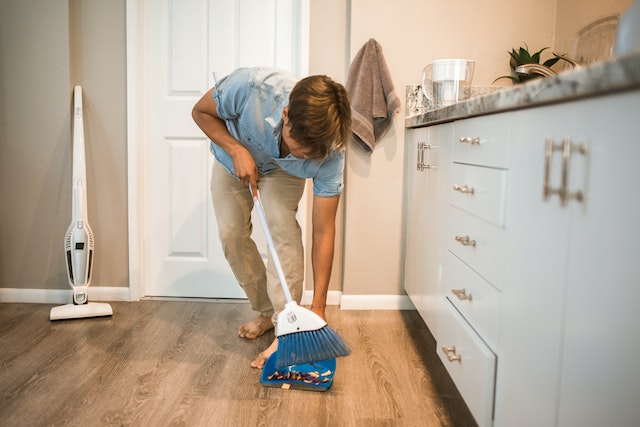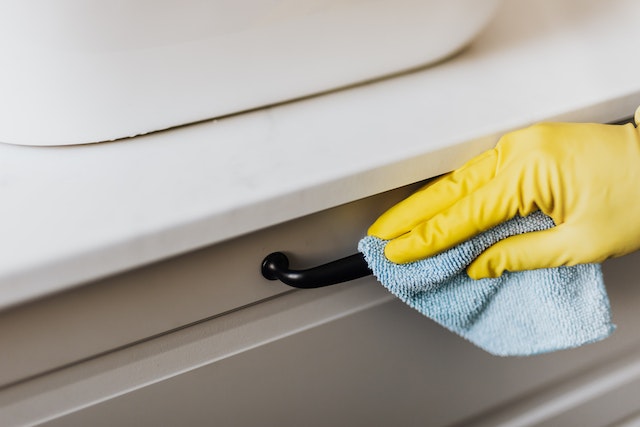End-of-Tenancy Cleaning
End-of-tenancy cleaning can help you prepare your property for new tenants. End-of-tenancy cleaning is a great way to ensure that the rental property is in good working order and it can make the transition from one tenant to the next smoother. In this article, we at DeSantis Property Management will break down the process of end-of-tenancy cleaning.
What is End-of-tenancy Cleaning?
The end-of-tenancy cleaning is an important part of the rental process. It involves deep cleaning all surfaces such as walls, kitchen appliances, bathrooms, bedrooms, floors, and carpets. You also have to scrub baseboards and door frames, and polish surfaces such as kitchen counters and sinks.
Property owners usually perform end-of-tenancy cleaning when a tenant is moving out. The purpose of end-of-tenancy cleaning is to ensure the property is in the same condition as when the tenant moved in. End-of-tenancy cleanings can be a time-consuming task, but it’s essential to ensure the property is in a fit condition for the next tenant.
What Happens During an End-of-tenancy Cleaning
A thorough end-of-tenancy cleaning is a great way to ensure that landlords can re-rent their properties in pristine condition. To ensure that this task is carried out properly, it’s important to have a clear understanding of what makes up a ‘deep cleaning’.
Here’s what the cleaning entails:
- From sweeping hard floors to wiping down surfaces
- Scrubbing sinks, baths, showers, and toilets
- Washing windows
- Wiping interior walls
- Polishing wood surfaces
- Dusting baseboards
- Vacuuming carpets and upholstery
- Removing cobwebs from ceilings and corners
- Degreasing kitchen units (including ovens)
- Descaling shower heads
The list goes on. End-of-tenancy cleaning is an important step. Not only does this help reduce disputes between landlords and tenants, but it can also help prevent potential problems such as property damage and wear and tear. It can also make the property more attractive to prospective tenants, improving its resale value over time.
Step-by-step Guide to End-of-tenancy Cleanings
End-of-tenancy cleanings can be an overwhelming process. The best way to go about it is to create a cleaning checklist. This will help you remember every job that you need to perform, from the top to the bottom of the property. Consider the following:
- Sweep Hard Floors: Begin by sweeping all hard floors in the property, including all living areas, bedrooms, hallways, etc.
- Wipe Down Surfaces: Wipe down all surfaces, including countertops, shelves, windowsills, and any other flat surface.
- Scrub the Floors: Use a mop and hot water to scrub your floors and remove any dirt or debris that may have been missed.
- Vacuum the Carpets: Use a vacuum to clean the carpets thoroughly. Pay special attention to any high-traffic areas where dirt and grime may have built up.
- Clean Windows and Mirrors: Use a microfiber cloth and glass cleaner to clean windows and mirrors. Use a lint-free cloth to dry the surface and remove any streaks.
- Dust Decorations: Use a feather duster to dust furniture and decorations. Make sure to get into the nooks and crannies of furniture and other décor.
- Clean Upholstered Furniture: Vacuum-upholstered furniture to remove dirt and debris. Use a damp cloth to remove any stains or spots. Allow the furniture to air dry before using.
Common Areas to Focus On
Here are some of the most common areas to focus on when cleaning:
Bathroom and Kitchen
Bathrooms and kitchens are two of the most important areas in end-of-tenancy cleaning. Wipe down all surfaces with eco-friendly products and disinfect with appropriate cleaners. Additionally, polish all appliances including sinks and bathtubs. Pay special attention to ceramic tiles, grout, and silicone sealant, as these areas require more effort to clean. Use a specific cleaner to treat the stains and make sure to scrub off any mold or mildew
High Traffic Areas
Pay attention to high-traffic areas such as doorknobs and railings. Multiple tenants and visitors may have touched these areas. You should disinfect them with appropriate cleaners and any stubborn stains should be removed.
Usually, a deep clean can be completed in a single day. However, if the area is particularly large or if it requires special attention, it might take longer. Investing in professional deep cleaning services can help minimize damage while still providing excellent results.
Best Practices for an End-of-tenancy Cleaning
Here are some tips for getting the best results when your tenants move out:
Hire a Professional Cleaning Service
The first step is to hire a professional cleaning team who offers quality end-of-tenancy cleaning services. Ensure that they’re tailored to the specific needs of your rental property. Finally, compare prices to help you save money while still getting the best results.
Invest in Quality Cleaning Materials
If you want to clean the property yourself, make sure that you use appropriate materials and tools. This includes eco-friendly products such as natural cleaners, non-abrasive scrubbers, mops, microfiber cloths, and vacuums with HEPA filters.
Conduct a Thorough Inspection
Once end-of-tenancy cleaning, be sure to thoroughly inspect all the areas. Look for any signs of remaining dirt, dust, and grime, and if you find any, make sure to clean it up properly.
Bottom Line
If you are a landlord, it’s important to clean your property before handing it over to new tenants. The landlord is responsible for end-of-tenancy cleaning. So if you have been renting out your house or apartment, you may need to contact professionals to assist you!
Our team at DeSantis Property Management can help with end-of-tenancy cleanings as well as any other aspect of property management. Contact us today to learn more about our services!




